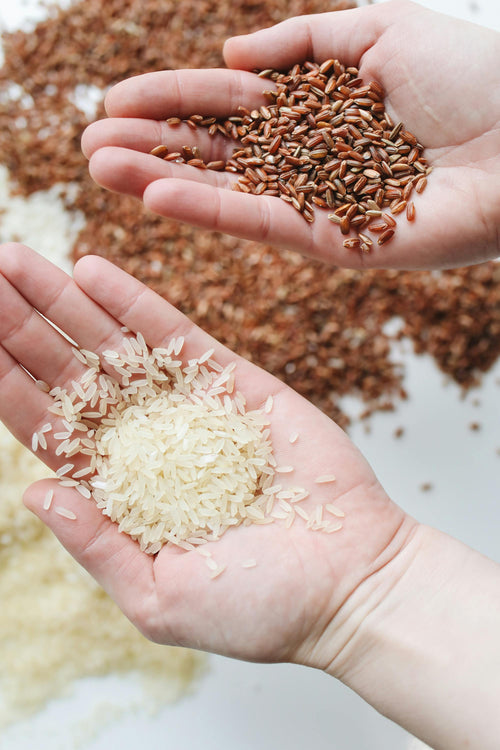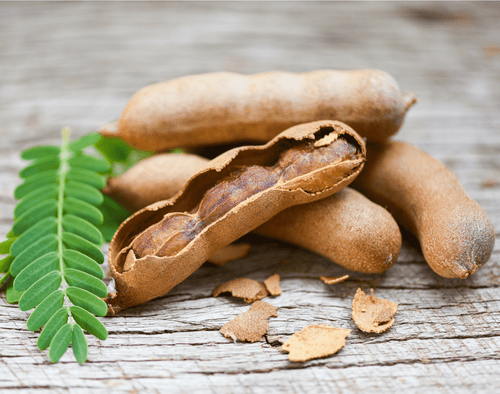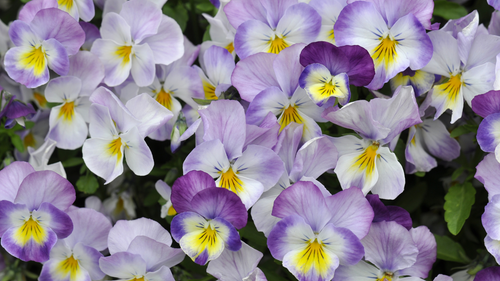To remember :
- Lithothamne is a red calcareous algae that can crystallize minerals and trace elements from seawater, hence its richness in essential minerals.
- The lithothamne thallus is mainly composed of calcium carbonate (30%) and magnesium carbonate (10%).
- Discovered thousands of years ago, this ancestral algae is today used in many sectors such as agriculture and herbal medicine.
What is the Lithothamnium calcareum Thallus?
Definition, origin and use
The Lithothamne Thallus or its scientific name Lithothamnium calcareum , is a small red calcareous algae which belongs to the Corallinaceae family. This algae is renowned for its richness in nutritional elements, particularly minerals.
Mainly found in the cold, shallow waters of the Atlantic and Pacific Oceans, as well as in the Mediterranean Sea and the English Channel, this red algae grows in particular conditions which involve the presence of marine currents and exposure to sunlight.
Discovered thousands of years ago, this ancestral algae was traditionally used by coastal populations for its remineralizing properties in the form of powder or infusion. Once harvested, the lithothamne is cleaned and then left to dry. Its recognizable red color then turns white. The dehydrated lithothamne is then ground to give a white powder. Over the years, the use of this lithothamne powder has become widespread. For several decades, it has been used by the agricultural sector for its alkalizing and fertilizing properties on mineral-poor soils. More recently, lithothamnum has become popular in the form of a dietary supplement, especially in capsule or powder form, due to its high content of calcium, magnesium and other minerals essential for remineralization of the body. Today, this algae is a protected species on the Breton coasts.
Composition
Lithothamne owes its exceptional composition to its ability to crystallize the minerals and trace elements contained in the sea, which give it its stony appearance. The lithothamne thallus is mainly composed of calcium carbonate (30%) and magnesium carbonate (10%). It contains other minerals like silicon, sodium and potassium; and trace elements such as iron, manganese, phosphorus and zinc. Finally, lithothamnum contains many essential amino acids and vitamin C.
What are the benefits of lithothamne thallus?
Lithothamne has become the essential health ally of herbal medicine! Due to its exceptional richness in minerals, particularly calcium, this algae supports the normal functioning of digestive enzymes and contributes to normal energy metabolism.
Indications and dosage of Lithothamne thallus
It is found in many supplements in the form of powder, tablets or capsules.
Consumption of lithothamne is contraindicated in pregnant and breastfeeding women, people following a low-salt diet, those with kidney problems or those predisposed to kidney stones. In addition, people following allopathic treatment should ask the doctor if there is any interaction with the calcium carbonate present in lithothamne.
Lithothamne can be consumed in the form of food supplements as part of a healthy lifestyle. The dosage is between 200 and 700 mg per capsule or tablet, but the amount to take depends on the individual's needs.
Bringing lithothamne thallus to your body thanks to DIJO
At DIJO, we are committed to supporting you in your well-being care routines. This is why we developed the Lithothamne product . This product can be taken as a 25-day course or occasionally at a rate of 2 capsules per day during one of the meals of the day, if you feel the need. Thanks to its richness in minerals and trace elements, this treatment will allow you to stock up on essential minerals and remineralize your body!
Sources :
[1] Aslam, MN, Kreider, JM, Paruchuri, T., Bhagavathula, N., DaSilva, M., Zernicke, RF, ... & Varani, J. (2010). A mineral-rich extract from the red marine algae Lithothamnion calcareum preserves bone structure and function in female mice on a Western-style diet. Calcified tissue international , 86 , 313-324.
[2] Almeida, F., Schiavo, LV, Vieira, AD, Araújo, GL, Queiroz-Junior, CM, Teixeira, MM, ... & Tagliati, CA (2012). Gastroprotective and toxicological evaluation of the Lithothamnion calcareum algae. Food and chemical toxicology , 50 (5), 1399-1404.
[3] Amatussi, JO, Mógor, Á. F., Mógor, G., & de Lara, GB (2020). Novel use of calcareous algae as a plant biostimulant. Journal of Applied Phycology , 32 , 2023-2030.




















